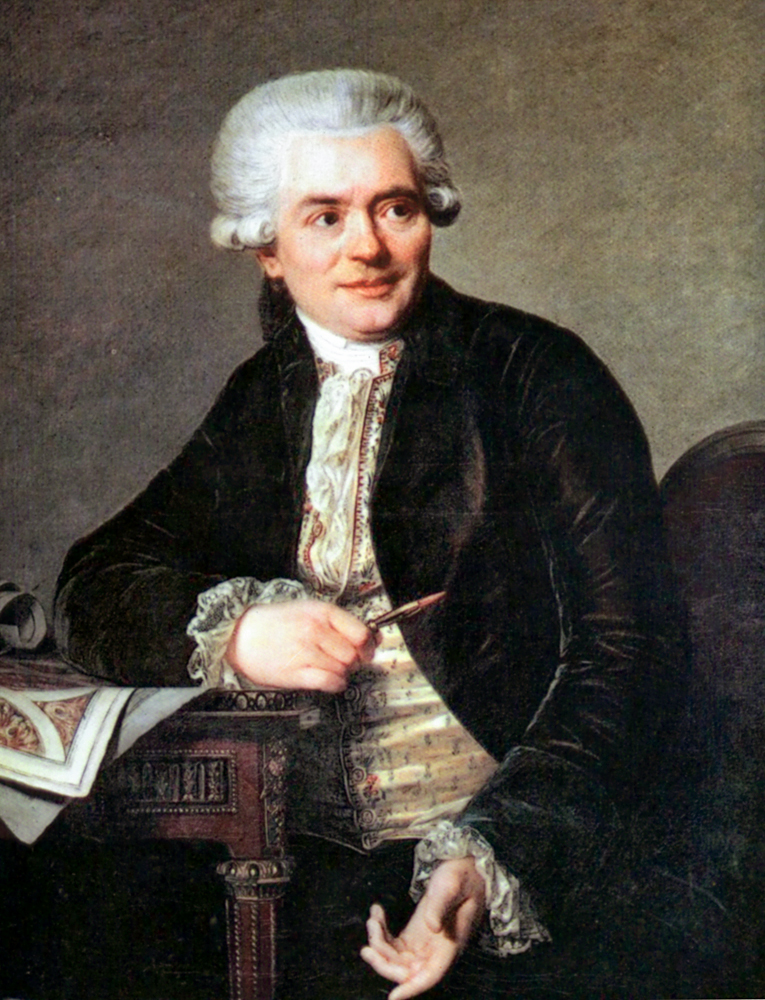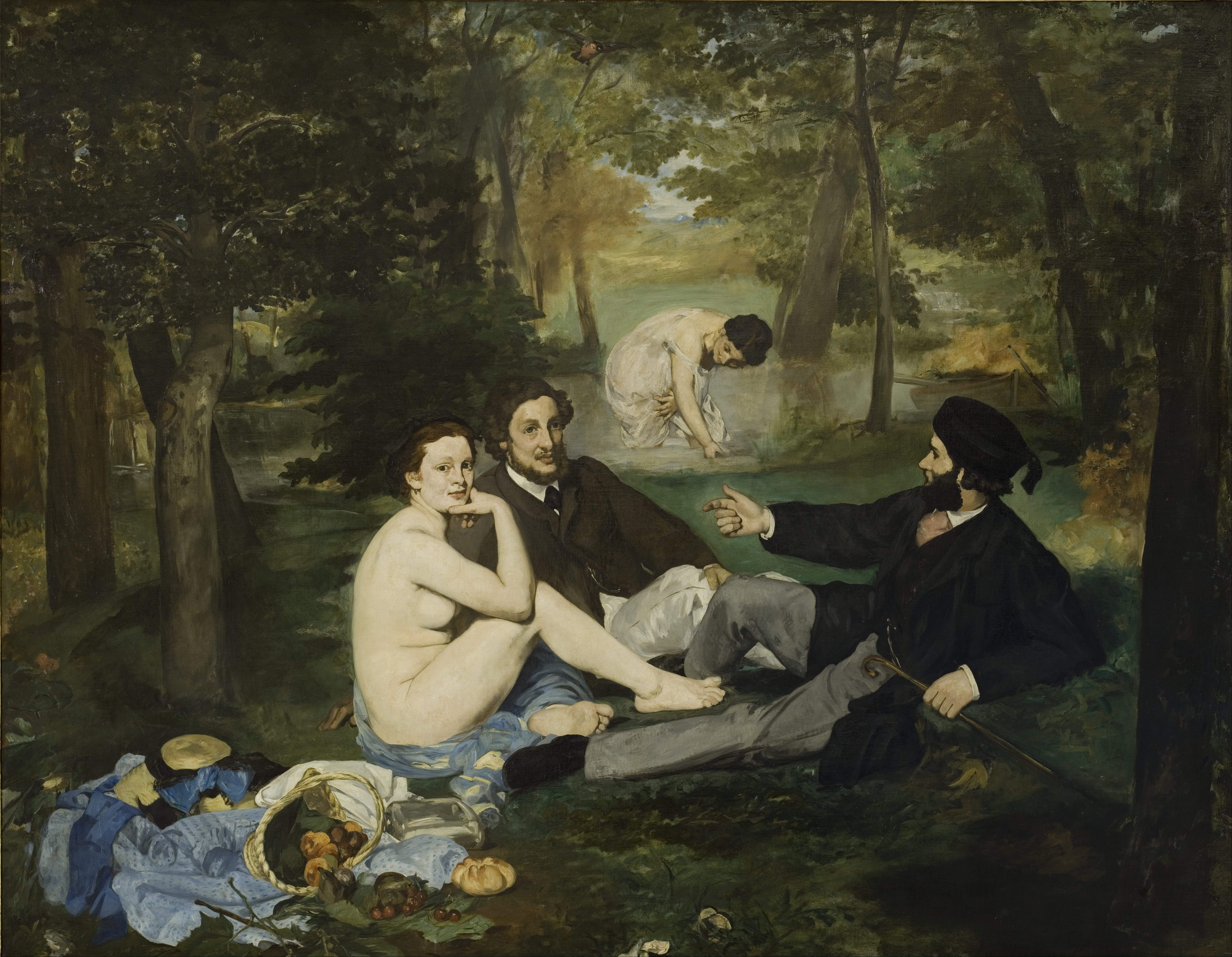|
Hillwood Museum
Hillwood Estate, Museum & Gardens is a decorative arts museum in Washington, D.C., United States. The former residence of businesswoman, socialite, philanthropist, and collector Marjorie Merriweather Post, Hillwood is known for its large decorative arts collection that focuses heavily on the House of Romanov, including two Fabergé eggs. Other highlights are 18th- and 19th-century French art and one of the country's finest orchid collections. History After her divorce from her third husband, Joseph E. Davies, Post bought Arbremont, a Georgian Colonial estate in northwest Washington on the edge of Rock Creek Park, renaming it Hillwood, a name she had also used for her former property in Brookville, New York. Arbremont, with its 36 rooms, had been built in the 1920s by Daisy Peck Blodgett, wife of Delos A. Blodgett Jr, a Michigan lumber tycoon and daughter of Professor William Henry Peck of Atlanta, Georgia. Blodgett built Arbremont House for her daughter, Helen Blodgett Erwin. ... [...More Info...] [...Related Items...] OR: [Wikipedia] [Google] [Baidu] |
Hillwood Museum Exterior Rear
Hillwood may refer to: * Hillwood, Tasmania, Australia * Hillwood Volcano Tasmania, Australia * Amanda Hillwood, British actress * Hillwood Estate, Museum & Gardens in Washington, D.C., United States * Hillwood Comprehensive High School in Nashville, Tennessee, United States * Hillwood Academic Day School in San Francisco, California, United States * Hillwood (album) by South Park Mexican * Hillwood, Washington, a fictional city from the animated series ''Hey Arnold! ''Hey Arnold!'' is an American animated sitcom created by Craig Bartlett for Nickelodeon. It originally aired from October 7, 1996, to June 8, 2004. The show centers on fourth grader Arnold Shortman, who lives with his grandparents in an inner ...'' See also * Hill-Wood baronets {{disambig ... [...More Info...] [...Related Items...] OR: [Wikipedia] [Google] [Baidu] |
Jean-Marc Nattier
Jean-Marc Nattier (; 17 March 1685 – 7 November 1766) was a French Painting, painter. He was born in Paris, the second son of Marc Nattier (1642–1705), a portrait painter, and of Marie Courtois (1655–1703), a miniaturist. He is noted for his portraits of the ladies of King Louis XV's court in classical mythological attire. Life He received his first instruction from his father, and from his uncle, the history painter Jean Jouvenet (1644–1717). He enrolled in the Académie de peinture et de sculpture, Royal Academy in 1703 and applied himself to copying pictures in the Luxembourg Palace, making a series of drawings of the Marie de' Medici cycle, Marie de Médici painting cycle by Peter Paul Rubens. The publication (1710) of engravings based on these drawings made Nattier famous, but he declined to proceed to the French Academy in Rome, though he had taken the first prize at the Paris Academy at the age of fifteen. In 1715 he went to Amsterdam, where Peter I of Russia, P ... [...More Info...] [...Related Items...] OR: [Wikipedia] [Google] [Baidu] |
Marie Antoinette
Marie Antoinette (; ; Maria Antonia Josefa Johanna; 2 November 1755 – 16 October 1793) was the last List of French royal consorts, queen of France before the French Revolution and the establishment of the French First Republic. She was the wife of Louis XVI. Born Archduchess Maria Antonia of Austria, she was the penultimate child and youngest daughter of Empress Maria Theresa and Francis I, Holy Roman Emperor, Emperor Francis I. She married Louis Auguste, Dauphin of France, in May 1770 at age 14, becoming the Dauphine of France. On 10 May 1774, her husband ascended the throne as Louis XVI, and she became queen. As queen, Marie Antoinette became increasingly a target of criticism by opponents of the domestic and foreign policies of Louis XVI and those opposed to the monarchy in general. The French accused her of being profligate, promiscuous, having illegitimate children, and harboring sympathies for France's perceived enemies, including her native Habsburg monarchy, Austria ... [...More Info...] [...Related Items...] OR: [Wikipedia] [Google] [Baidu] |
Louis XVI
Louis XVI (Louis-Auguste; ; 23 August 1754 – 21 January 1793) was the last king of France before the fall of the monarchy during the French Revolution. The son of Louis, Dauphin of France (1729–1765), Louis, Dauphin of France (son and heir-apparent of Louis XV, King Louis XV), and Maria Josepha of Saxony, Dauphine of France, Maria Josepha of Saxony, Louis became the new Dauphin of France, Dauphin when his father died in 1765. In 1770, he married Marie Antoinette. He became King of France and Navarre on his grandfather's death on 10 May 1774, and reigned until the proclamation of the abolition of the monarchy, abolition of the monarchy on 21 September 1792. From 1791 onwards, he used the style of king of the French. The first part of Louis XVI's reign was marked by attempts to reform the French government in accordance with Enlightened absolutism, Enlightenment ideas. These included efforts to increase Edict of Versailles, tolerance toward non-Catholics as well as abolishing ... [...More Info...] [...Related Items...] OR: [Wikipedia] [Google] [Baidu] |
Jean-Henri Riesener
Jean-Henri Riesener (; 4 July 1734 – 6 January 1806) was a famous German ''ébéniste'' (cabinetmaker), working in Paris, whose work exemplified the early neoclassical "Louis XVI style". Life and career Riesener was born in Gladbeck, Westphalia, Holy Roman Empire. He moved to Paris, where he apprenticed soon after 1754 with Jean-François Oeben, whose widow he married; he was received master ''ébéniste'' in January 1768. The following year, he began supplying furniture for the Crown and in July 1774 formally became ''ébéniste ordinaire du roi'', "the greatest Parisian ''ébéniste'' of the Louis XVI period." Riesener was responsible for some of the richest examples of furniture in the Louis XVI style, as the French court embarked on furnishing commissions on a luxurious scale that had not been seen since the time of Louis XIV: between 1774 and 1784, he received on average commissions amounting to 100,000 livres per annum.He and David Roentgen were Marie Antoinette's favour ... [...More Info...] [...Related Items...] OR: [Wikipedia] [Google] [Baidu] |
Catherine The Great
Catherine II. (born Princess Sophie of Anhalt-Zerbst; 2 May 172917 November 1796), most commonly known as Catherine the Great, was the reigning empress of Russia from 1762 to 1796. She came to power after overthrowing her husband, Peter III. Under her long reign, inspired by the ideas of the Enlightenment, Russia experienced a renaissance of culture and sciences, which led to the founding of many new cities, universities, and theatres, along with large-scale immigration from the rest of Europe and the recognition of Russia as one of the great powers of Europe. In her accession to power and her rule of the empire, Catherine often relied on her noble favourites, most notably Count Grigory Orlov and Grigory Potemkin. Assisted by highly successful generals such as Alexander Suvorov and Pyotr Rumyantsev, and admirals such as Samuel Greig and Fyodor Ushakov, she governed at a time when the Russian Empire was expanding rapidly by conquest and diplomacy. In the south, the ... [...More Info...] [...Related Items...] OR: [Wikipedia] [Google] [Baidu] |
Isabella Louise Elisabeth De Parma
Isabella may refer to: People and fictional characters * Isabella (given name), including a list of people and fictional characters * Isabella (surname), including a list of people Places United States * Isabella, Alabama, an unincorporated community * Isabella, California, a former settlement * Lake Isabella, California, a man-made reservoir * Isabella, Georgia, an unincorporated community * Isabella County, Michigan * Isabella, an unincorporated community in Isabella Township, Michigan * Isabella, Minnesota, an unincorporated community * Isabella, Missouri, an unincorporated community * Isabella River (Minnesota) * Isabella, Oklahoma, a census-designated place and unincorporated community * Isabella, Pennsylvania (other) * Isabella Furnace, a cold-blast charcoal iron furnace, Pennsylvania Elsewhere * Isabella River (New South Wales), Australia * Isabella Island, Tasmania, Australia * Isabela Island (Galápagos) * Isabella, Manitoba, Canada, a settlement * ... [...More Info...] [...Related Items...] OR: [Wikipedia] [Google] [Baidu] |
Russian Empire
The Russian Empire was an empire that spanned most of northern Eurasia from its establishment in November 1721 until the proclamation of the Russian Republic in September 1917. At its height in the late 19th century, it covered about , roughly one-sixth of the world's landmass, making it the list of largest empires, third-largest empire in history, behind only the British Empire, British and Mongol Empire, Mongol empires. It also Russian colonization of North America, colonized Alaska between 1799 and 1867. The empire's 1897 census, the only one it conducted, found a population of 125.6 million with considerable ethnic, linguistic, religious, and socioeconomic diversity. From the 10th to 17th centuries, the Russians had been ruled by a noble class known as the boyars, above whom was the tsar, an absolute monarch. The groundwork of the Russian Empire was laid by Ivan III (), who greatly expanded his domain, established a centralized Russian national state, and secured inde ... [...More Info...] [...Related Items...] OR: [Wikipedia] [Google] [Baidu] |
French Art Of The 19th Century
19th-century French art was made in France or by French citizens during the following political regimes: Napoleon's Consulate (1799–1804) and Empire (1804–14), the Restoration (1814–30), the July Monarchy (1830–48), the Second Republic (1848–52), the Second Empire (1852–71), and the first decades of the Third Republic (1871–1940). Romanticism emerged in the early 19th century as a vibrant period in the arts, influenced by the French Revolution and Napoleonic wars. It marked a departure from classicism, embracing Orientalism, tragic anti-heroes, wild landscapes, and themes from the Middle Ages and the Renaissance. This era saw a debate between the proponents of line, exemplified by Jean Auguste Dominique Ingres, and those favoring violent colors and curves, like Eugène Delacroix. Romanticism emphasized a literary language rooted in feelings. It laid the groundwork for later movements, including Naturalism and Symbolism, influencing artists like Gustave Courbet, t ... [...More Info...] [...Related Items...] OR: [Wikipedia] [Google] [Baidu] |
French Rococo And Neoclassicism
18th-century French art was dominated by the Baroque, Rococo and Neoclassicism in France, neoclassical movements. History In France, the death of Louis XIV of France, Louis XIV in September 1715 led to a period of licentious freedom commonly called the Régence. The heir to Louis XIV, his great-grandson Louis XV of France, was only 5 years old; for the next seven years France was ruled by the regent Philippe II of Orléans. Versailles was abandoned from 1715 to 1722. Painting turned toward "Fête galante, fêtes galantes", theater settings and the female nude. Painters from this period include Antoine Watteau, Nicolas Lancret and François Boucher. The Louis XV style of decoration (although already apparent at the end of the last reign) was lighter: pastels and wood panels, smaller rooms, less gilding and fewer brocades; shells and garlands and occasional Chinese subjects predominated. Rooms were more intimate. After the return to Versailles, many of the baroque rooms of L ... [...More Info...] [...Related Items...] OR: [Wikipedia] [Google] [Baidu] |
Smithsonian Institution
The Smithsonian Institution ( ), or simply the Smithsonian, is a group of museums, Education center, education and Research institute, research centers, created by the Federal government of the United States, U.S. government "for the increase and diffusion of knowledge". Founded on August 10, 1846, it operates as a trust instrumentality and is not formally a part of any of the Federal government of the United States#branches, three branches of the federal government. The institution is named after its founding donor, British scientist James Smithson. It was originally organized as the United States National Museum, but that name ceased to exist administratively in 1967. The Smithsonian Institution has historical holdings of over 157 million items, 21 museums, 21 libraries, 14 education and research centers, a zoo, and historical and architectural landmarks, mostly located in Washington, D.C. Additional facilities are located in Maryland, New York (state), New York, and Virg ... [...More Info...] [...Related Items...] OR: [Wikipedia] [Google] [Baidu] |




